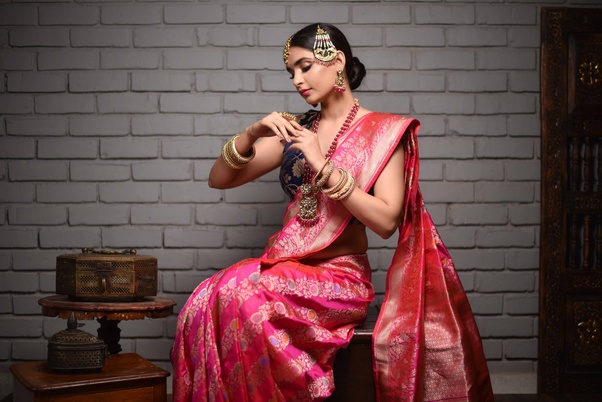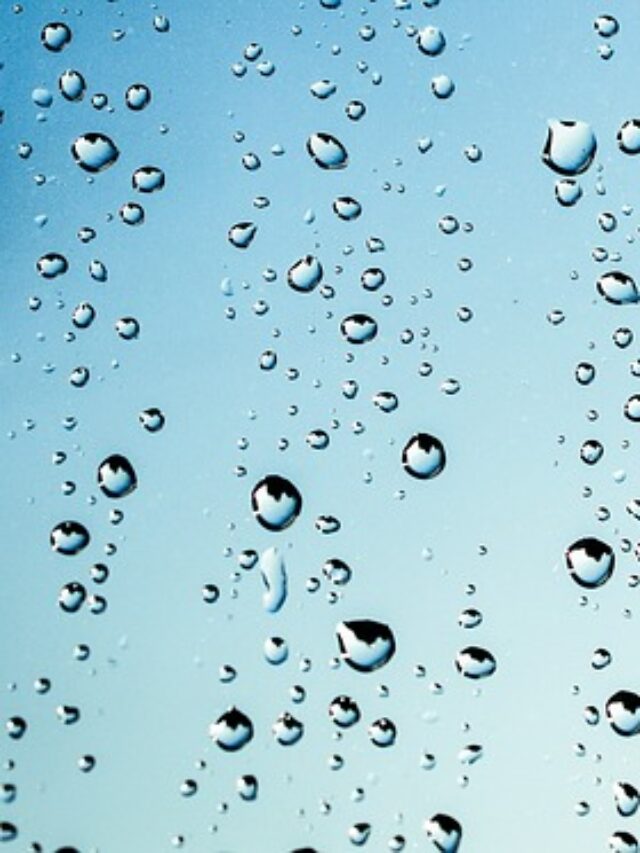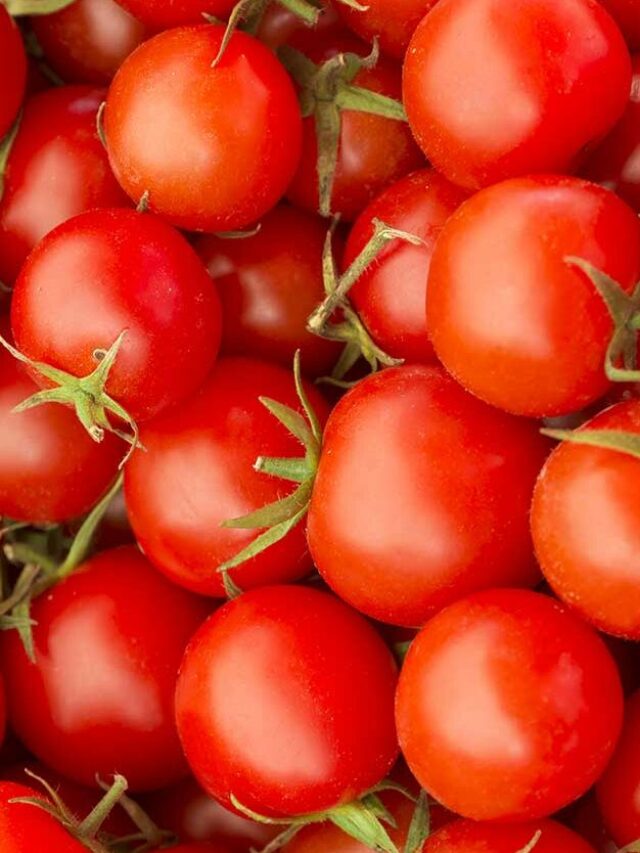Sarees are five to nine yards of elegance, a traditional attire, worn by the women of India. Sarees are deeply rooted in India’s traditions, and everyone wears the saree with pride.
There are innumerable varieties of sarees in India and the style in which they are worn also differs. Different regions in India are home to different types of Sarees.
There are around 25 more different types of sarees available in India, including Chanderi sarees, Tant sarees, Kasuti sarees, patola sarees, Maheshwari sarees, cotton sarees, and many more.
The silk saree varieties include the Banarasi Silk Saree, Kanchipuram Silk Saree, Kasavu Silk Saree, tissue silk saree, Assam silk saree, etc. The prominence of each saree differs from place to place.
Just like the types, there are different ways of draping a saree.
The most common style is the one with pleated tucked below the navel. One can apply this style with any saree, including cotton ones. It is called the Nivi style, and it originated in Andhra Pradesh but was later adopted all over India.
Nauvari style is the traditional Maharashtrian way of draping. The easiest drape is the floating or the casual drape where the pallu is secured with a pin. The other styles include the Gujarati drape, the dhoti style, and the belted drape.
This article will also give a clear idea of the different types of sarees available in India.
Banarasi Saree
The Banarasi silk saree is native to Varanasi, anciently known as Benares. These sarees are the finest in India, as they are woven with silk.
These sarees are also known for their gold and silver zari and delicate embroidery. The intricate design and engraving make this saree very heavy but worthwhile. The grace and beauty they impart are incomparable.
Chanderi Saree
This saree originated in Madhya Pradesh, in a town known as Chanderi. Different types of fabrics go into the weaving of the saree. They include Chanderi cotton, silk cotton, and pure silk.
The saree usually consists of the traditional coin, peacocks, geometric designs, and other floral art. This saree is also one of India’s assets and known for its gold and silver zari borders.
Kasta Saree
Also known as Kashta saree, it is nine yards long as it is worn similar to a Maharashtrian dhoti. Kasta refers to the way it is tucked at the back. Kashta saree is also known as the Sakachcha saree, which means it does not need any attire to support it. This saree has traditional significance as it is a garment that women wear at religious and other cultural events. The saree is worn by people who work in farmlands also.
Tant Saree
It is a traditional Bengali saree worn in the eastern part of the Indian subcontinent. It is usually made by weavers all over Bangladesh, Tripura, Dhaka, Tangail, and many more.
It is meant for daily use and is the most comfortable to wear during hot summers. They are woven with cotton threads and are known for their light and transparent nature.
Chiffon Saree
They are a modern variation of the traditional sarees. They are lightweight and very easy to drape, making them a very pleasing attire for an Indian woman.
Kosa Saree
Also known as tussar silk, the Kosa silk is produced from the larvae of silkworms in Chhattisgarh. These silkworms live in wild forests and eat their leaves to thrive. The Kosa sarees are known for their different patterns along with a natural deep cold color.
They are famous for their rich texture, different patterns, and designs, making them popular in Sri Lanka, Japan, and China.
Kasavu Saree
It has its origin in Kerala, and it is two pieces of cloth either in white or cream, with a golden border. It is worn during festival seasons such as Onam and weddings.
Kanchipuram Silk Saree
The Kanjeevaram or Kanchipuram saree is a type of saree made in the Kanchipuram region of Tamil Nadu. It is a very heavy saree mostly worn by brides in Kerala, Karnataka, Tamil Nadu, and Andhra Pradesh.
They are a favorite among women for special occasions. The saree is woven with mulberry silk thread. The pallu is woven separately in a different design and attached to the rest of the saree.
Conclusion
These are some of the significant varieties of sarees that have traditional and regional influence. Each of them is known for its different specialties. Indian women look the best draped in sarees because they are the symbol of grace and elegance.












